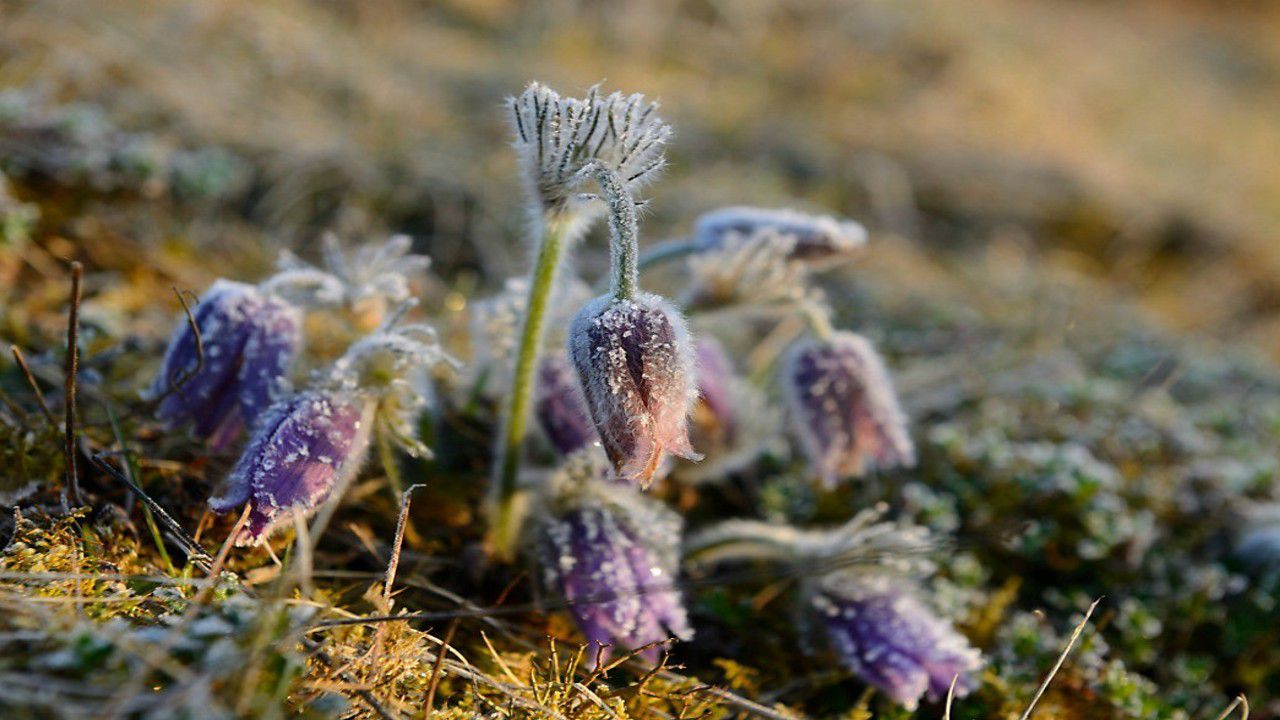We're heading into the time of year when mornings are starting to get cold enough to harm senstive plants.
There is a common misconception that frost only forms when a thermometer says it is freezing outside. That is not always the case. Your thermometer may show the temperature has fallen below 40 degrees, but the temperature at the ground is freezing.
Frost develops when an outside surface, like your car or windshield, cools to the dew point. The dew point is the temperature when water vapor in the atmosphere turns into liquid. When it's cold enough, frost forms.
Frost commonly forms in low lying areas. The reason for this is due to density of warm and cold air. Warm air rises and cold air sinks, making valleys the perfect spot to see frost develop.
There are numerous types of frost, each varying just a touch from one other, but equally as dangerous for sensitive vegetation and crops. The two most common are radiation frost and advection frost.
- Radiation (Hoar) Frost: This is the most common type of frost and is created of tiny ice crystals. It is formed the same way in which dew forms, just in a cooler atmosphere. This frost forms on stationary objects left outside. You can also find this type of frost in your freezer!
- Advection Frost: This type of frost looks a bit different than radiation frost. It typically presents as little ice spikes and will be found on tree limbs or telephone poles.
If you know a frost is coming, it’s important to protect your plants, gardens, and crops. On a small scale, covering a plant you don’t want ruined with a tarp or blanket will do the trick.
On a larger scale, farmers often use sprays or pesticides to protect their crops. If they want to use a safer or organic method, SIS (Selective Inverted Sink Method) is the one they will choose. This method uses fans to remove cold air from around the crop, pulls it up a chimney or column, and releases it back into the air away from the tender vegetation.



